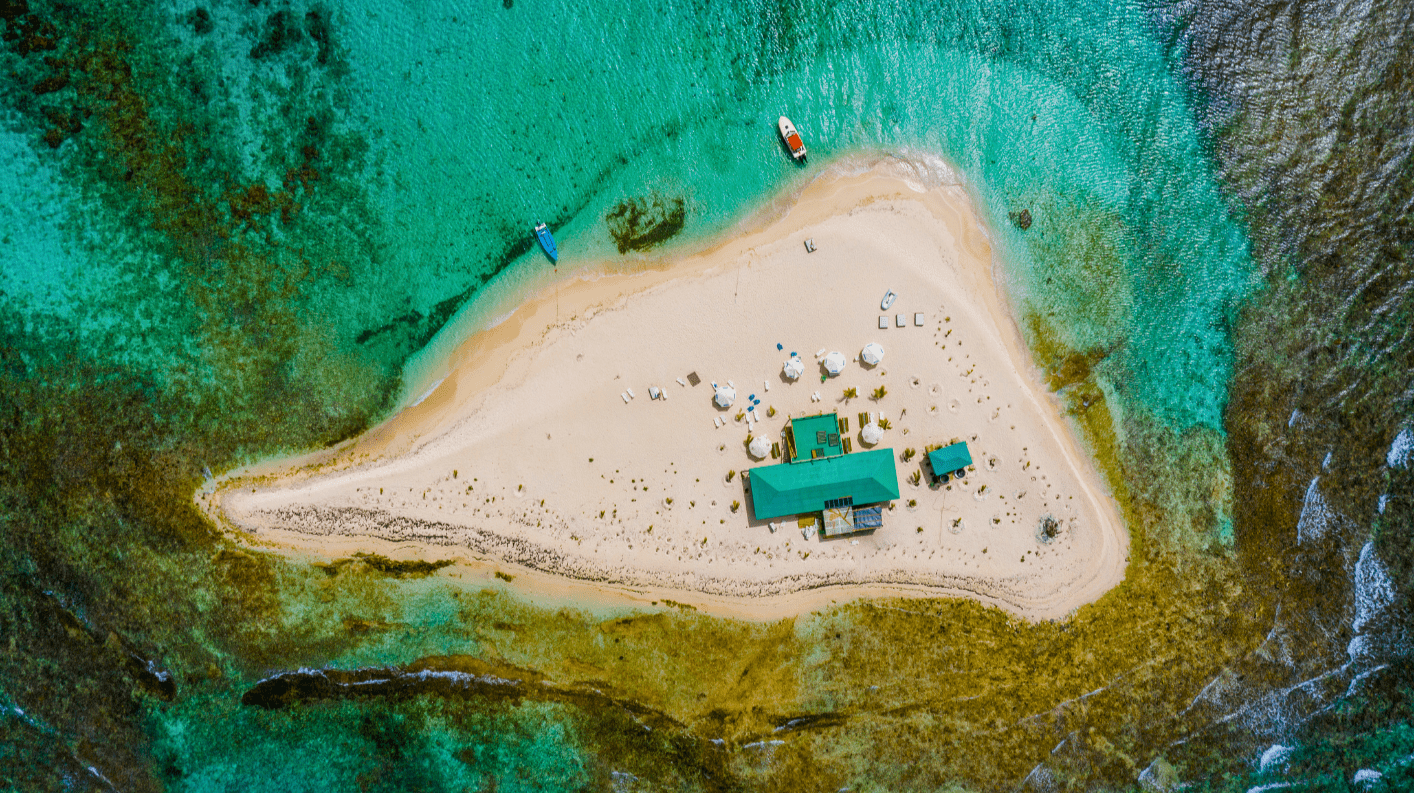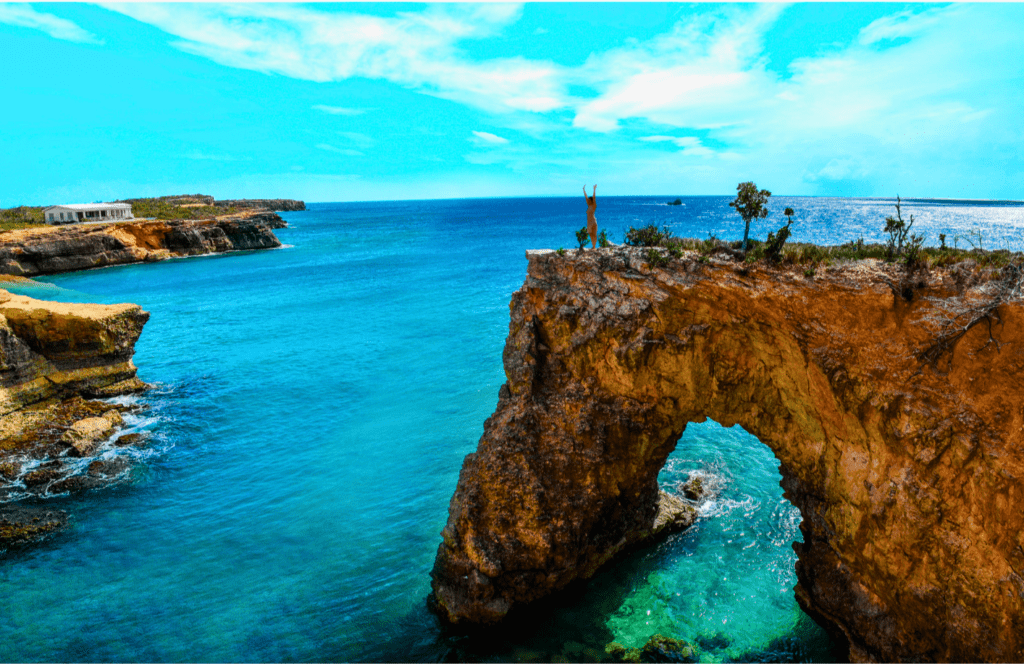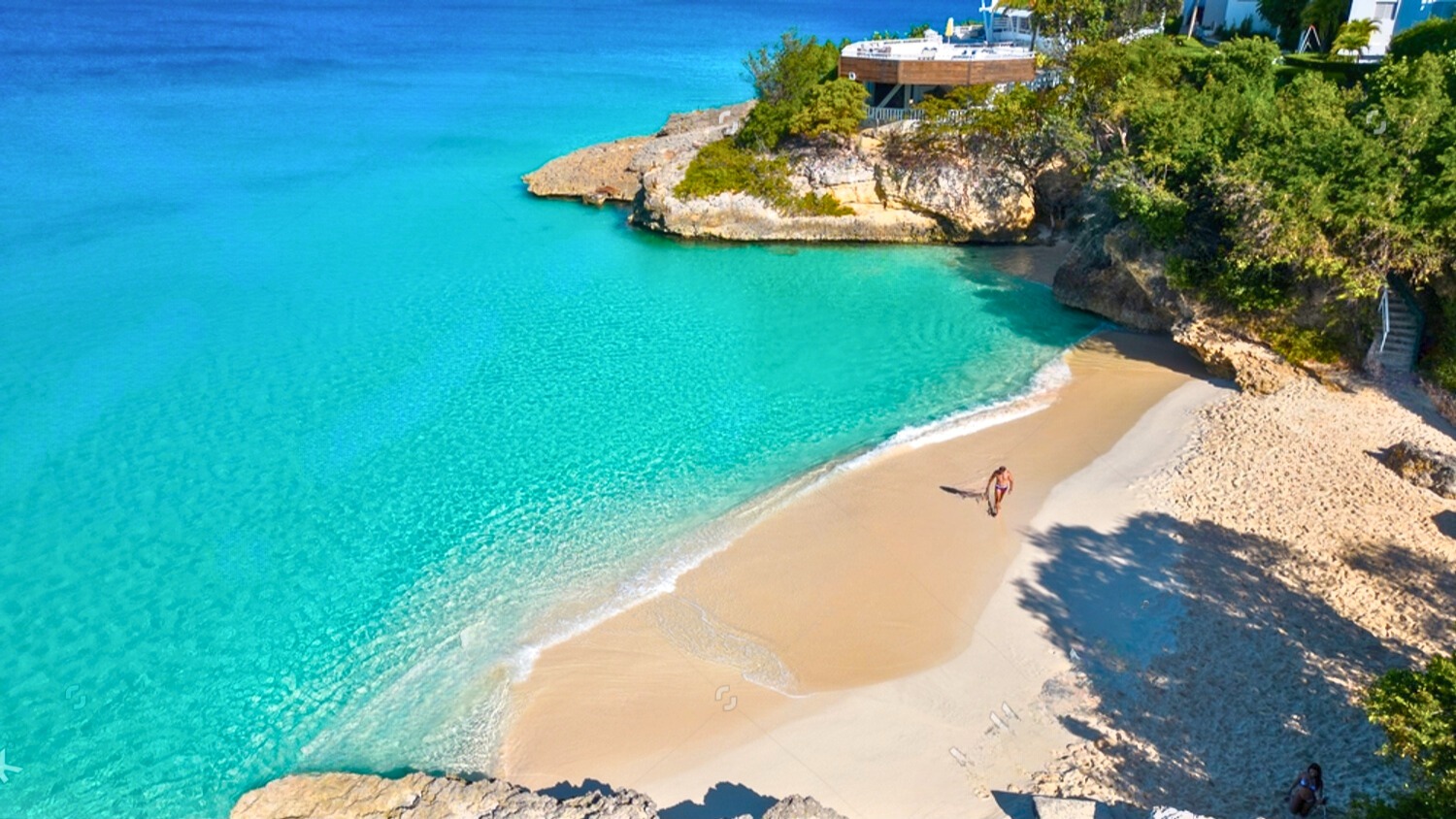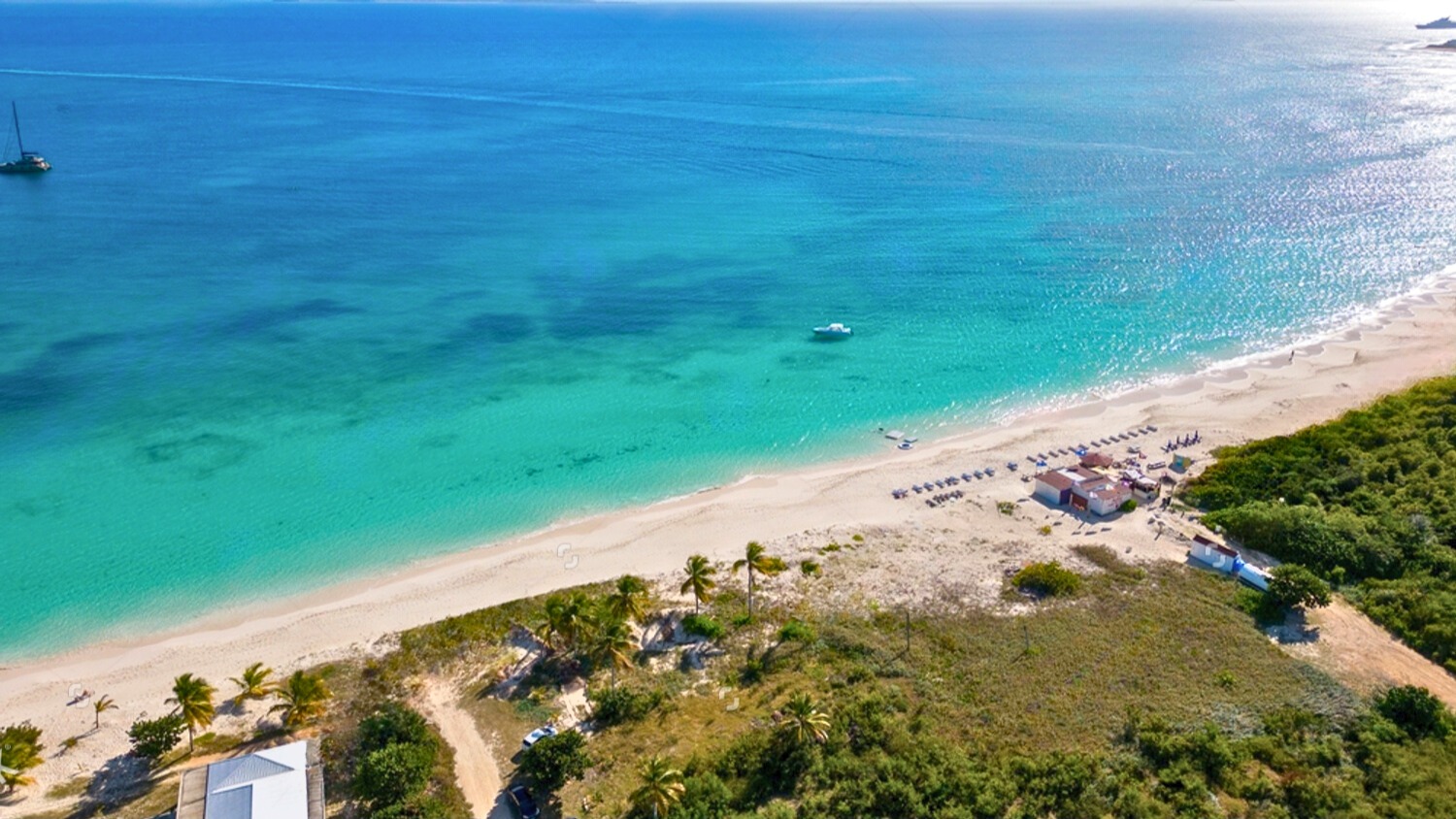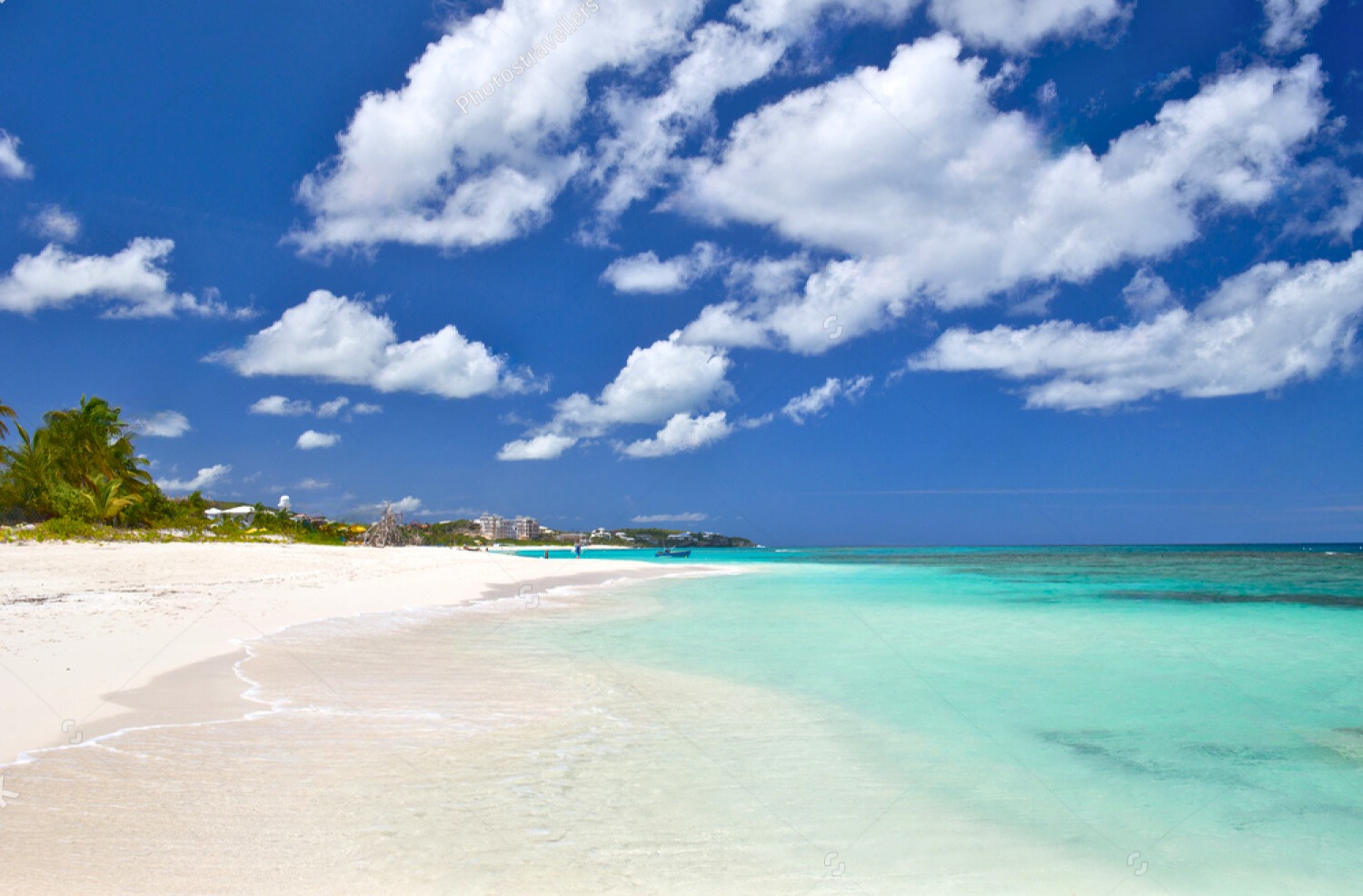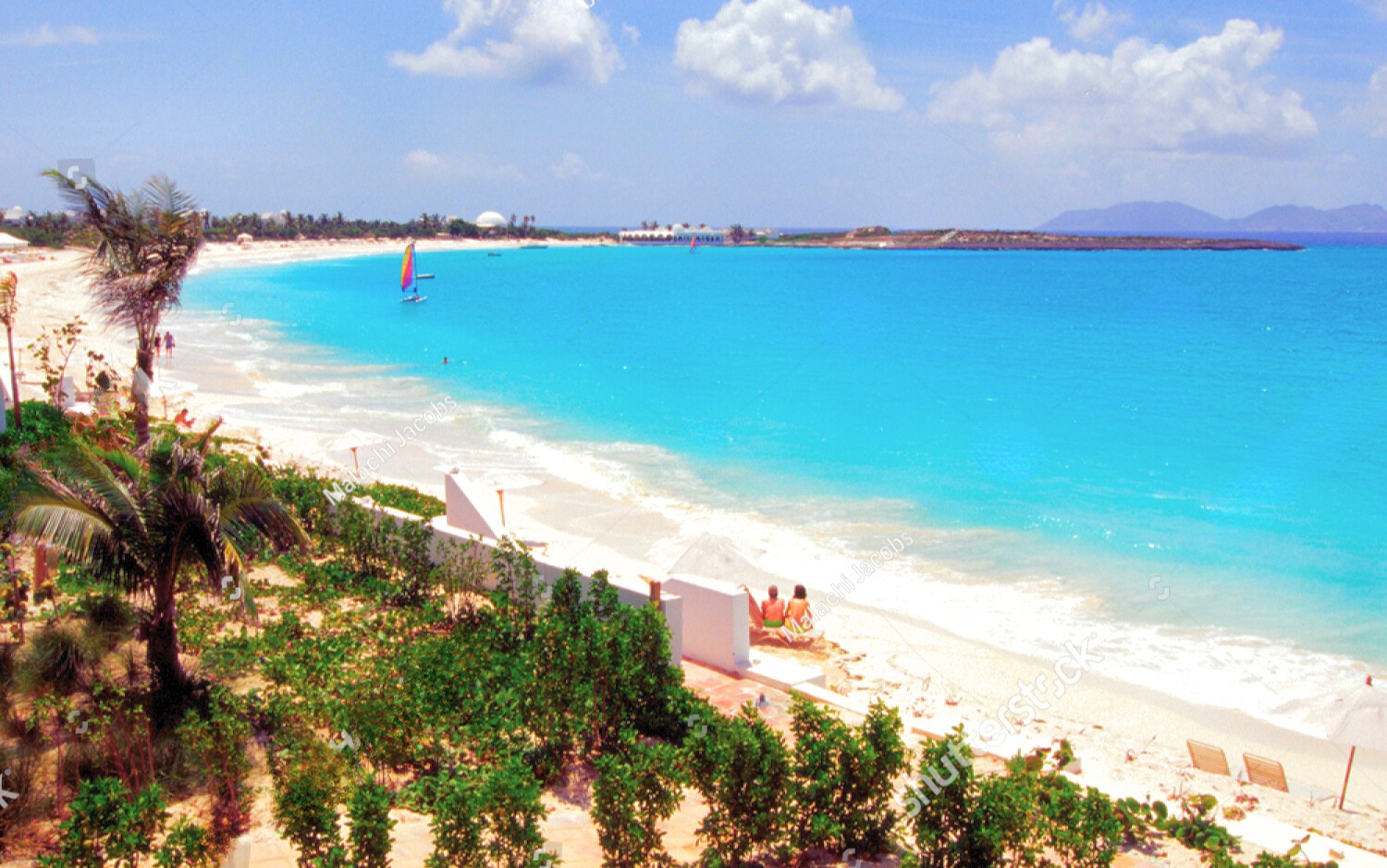Anguilla
Caribbean paradise of serenity and charm
Situated east of Puerto Rico and directly to the north of Saint Martin, Anguilla is a tranquil British Overseas Territory renowned for its stunning beaches and laid-back atmosphere. The island’s capital, The Valley, serves as the administrative center, while the coastlines boast some of the most beautiful beaches in the Caribbean, including Shoal Bay and Meads Bay, making the island a sought-after destination for relaxation and luxury.
Geographic and Geological Overview
A Geographic Snapshot
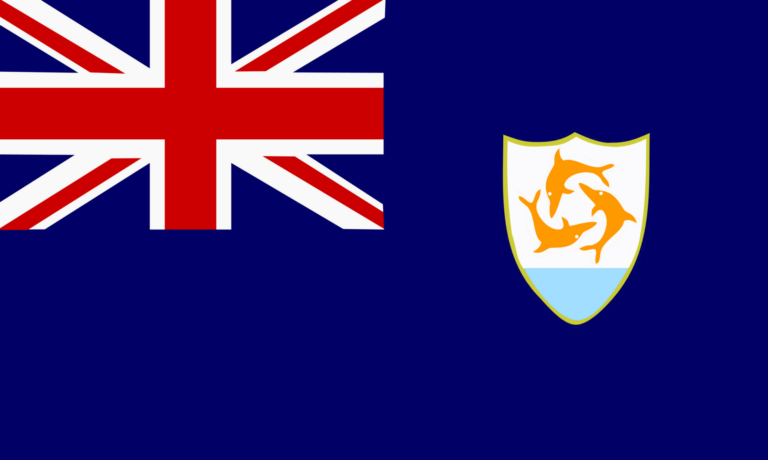
- Size: Approximately 91 square kilometers (35 square miles).
- Capital: The Valley, situated in the central part of the island.
- Highest Point: Crocus Hill, reaching 65 meters (213 feet).
- Population: About 15,000 (2022).
- Vegetation: Predominantly coastal vegetation, including mangroves and cacti, alongside pristine sandy beaches.
- Water Bodies: Surrounded by the Caribbean Sea with numerous coral reefs and shallow waters.
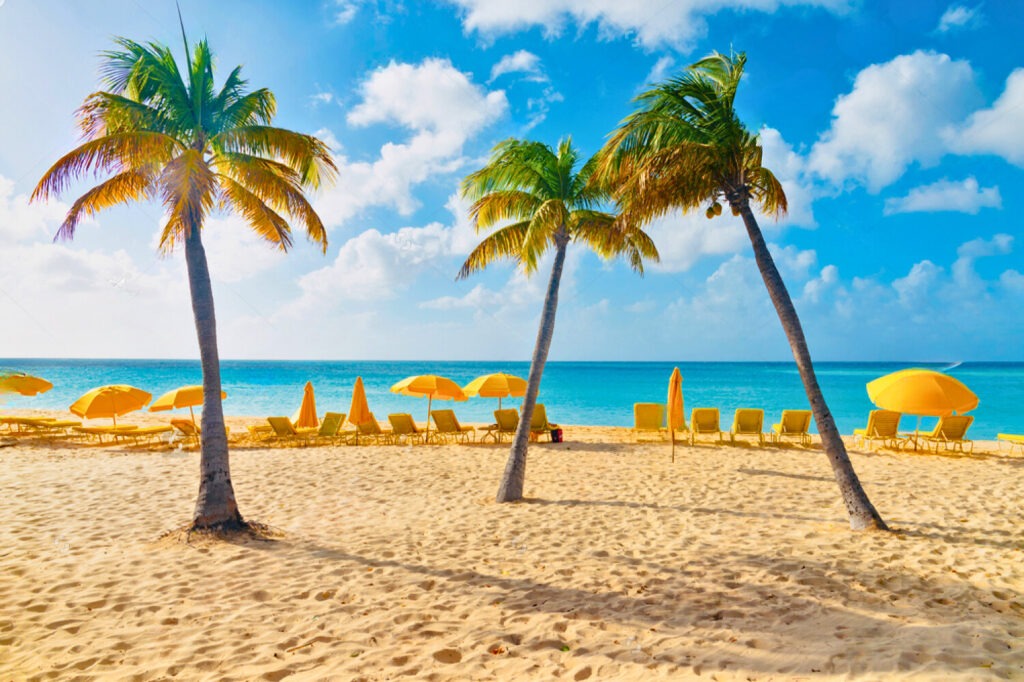
- Geology: the island is primarily limestone, shaped by both marine and terrestrial processes, with a flat terrain and low elevation.
- Natural Wonders: The island is famous for its clear turquoise waters, vibrant coral reefs, and marine life, making it a paradise for snorkeling and sailing.
Cultural Landscape
Cultural overview
Anguilla‘s culture is a blend of indigenous, African, British, and Caribbean influences, which is reflected in its music, art, and culinary traditions. The island hosts various festivals that celebrate its rich heritage, such as the Anguilla Summer Festival, showcasing local music and dance.
The local language is English, with a distinctive Creole dialect commonly spoken. Anguilla’s motto, “The Land of the Sun,” encapsulates its warm climate and welcoming spirit.

Local Cuisine
Anguilla’s culinary highlights
The cuisine of the island is characterized by fresh seafood and local ingredients, influenced by Caribbean and British culinary traditions. Signature dishes include:
- Grilled Lobster: A local favorite, often served with garlic butter and lime.
- Johnny Cakes: Fried dough served as a side to many meals.
- Callaloo: A traditional dish made from leafy greens, often prepared in soups or stews.
The island is also known for its food festivals, where visitors can savor local flavors and unique culinary creations.
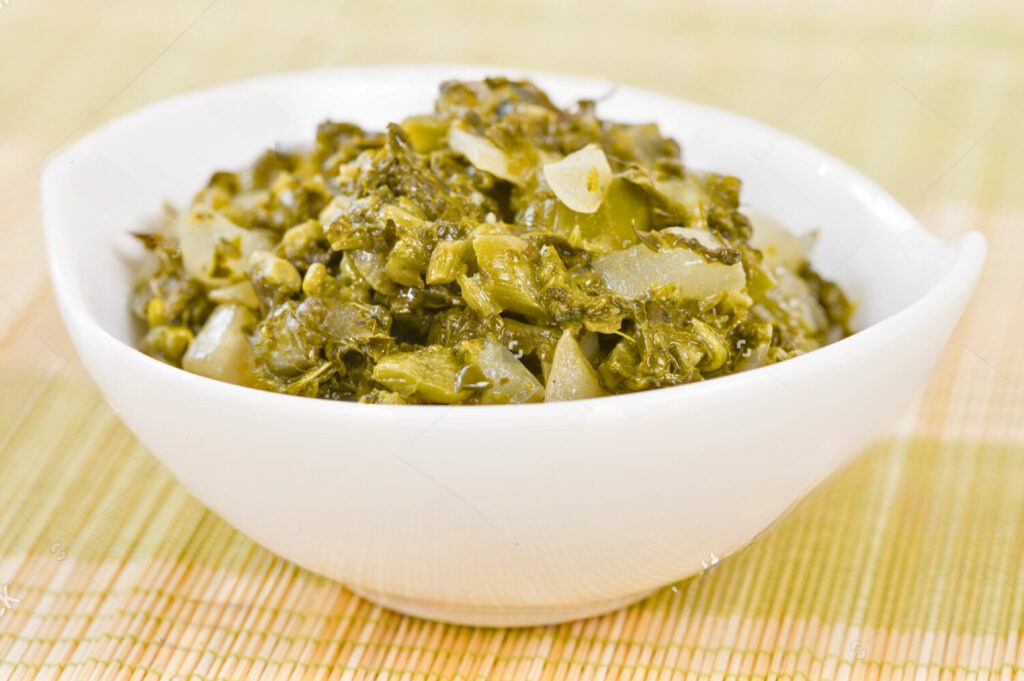
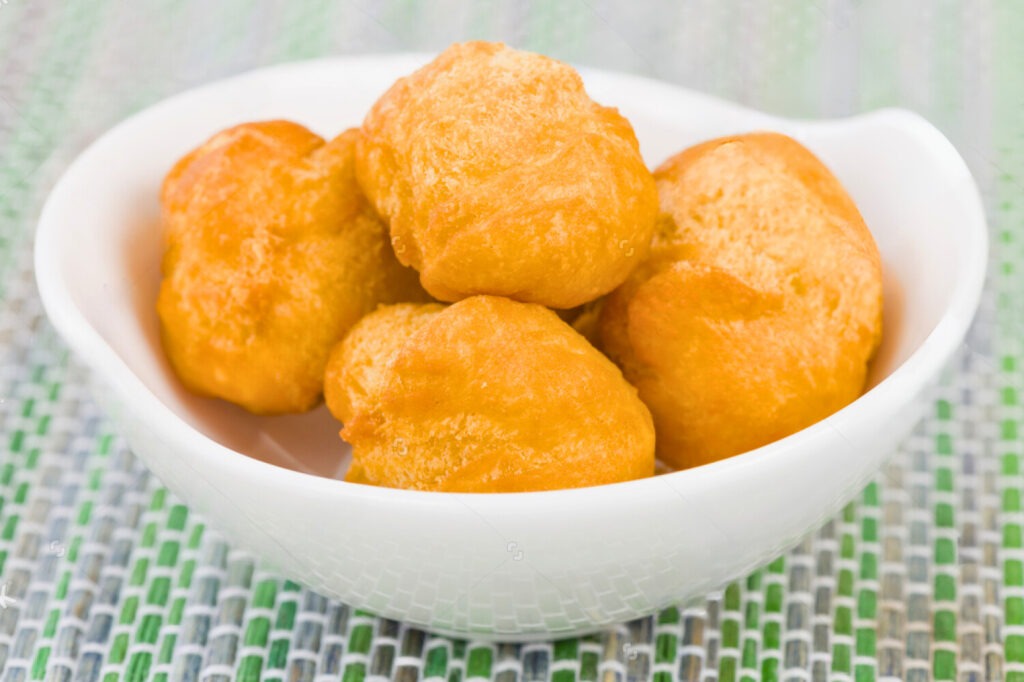
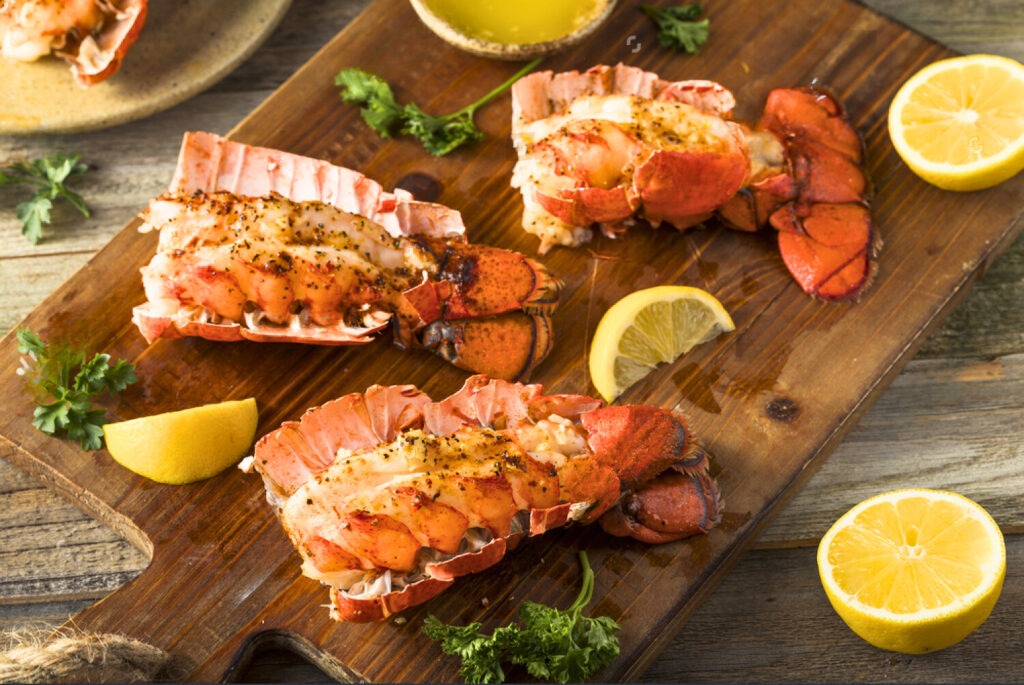
Economy and Infrastructure
Economic overview
Anguilla‘s economy is heavily reliant on tourism and hospitality, which accounts for a significant portion of its GDP. The island attracts visitors with its luxurious resorts, stunning beaches, and high-end dining options.
Tourism and infrastructure
The tourism sector benefits from well-maintained infrastructure, including the Clayton J. Lloyd International Airport, which facilitates access to the island. The government invests in tourism-related facilities to enhance the visitor experience.
Services and public sector
The services sector, including retail and healthcare, is vital for the local population, contributing to the overall quality of life on the island.
Environmental sustainability
The island places a strong emphasis on environmental sustainability, focusing on protecting its natural resources and marine ecosystems. Initiatives include promoting eco-friendly tourism practices and preserving the island’s unique biodiversity.
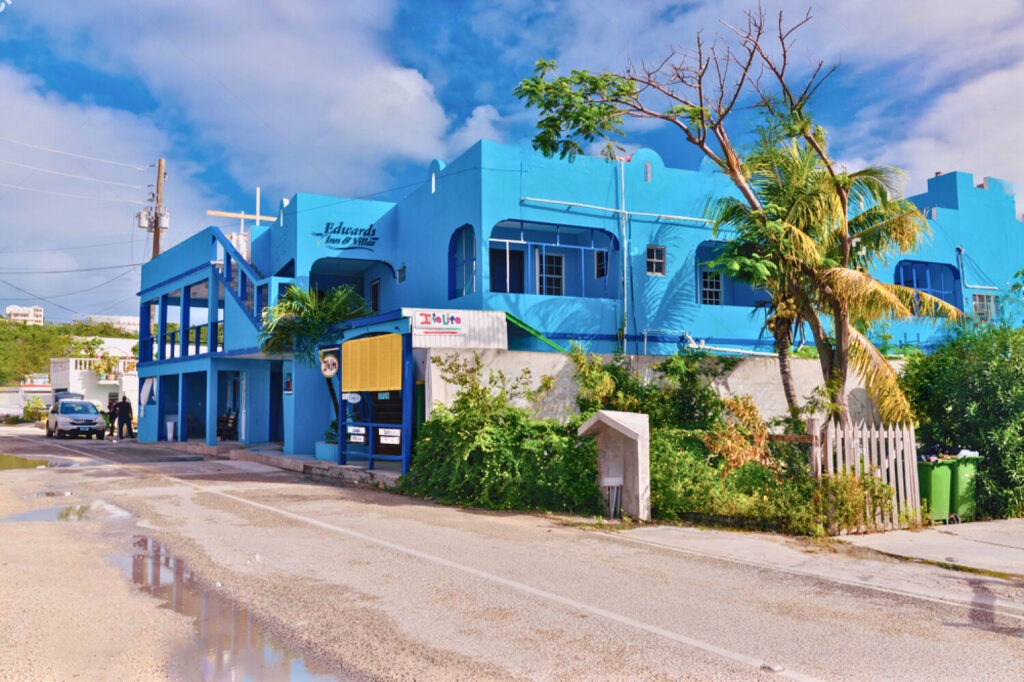
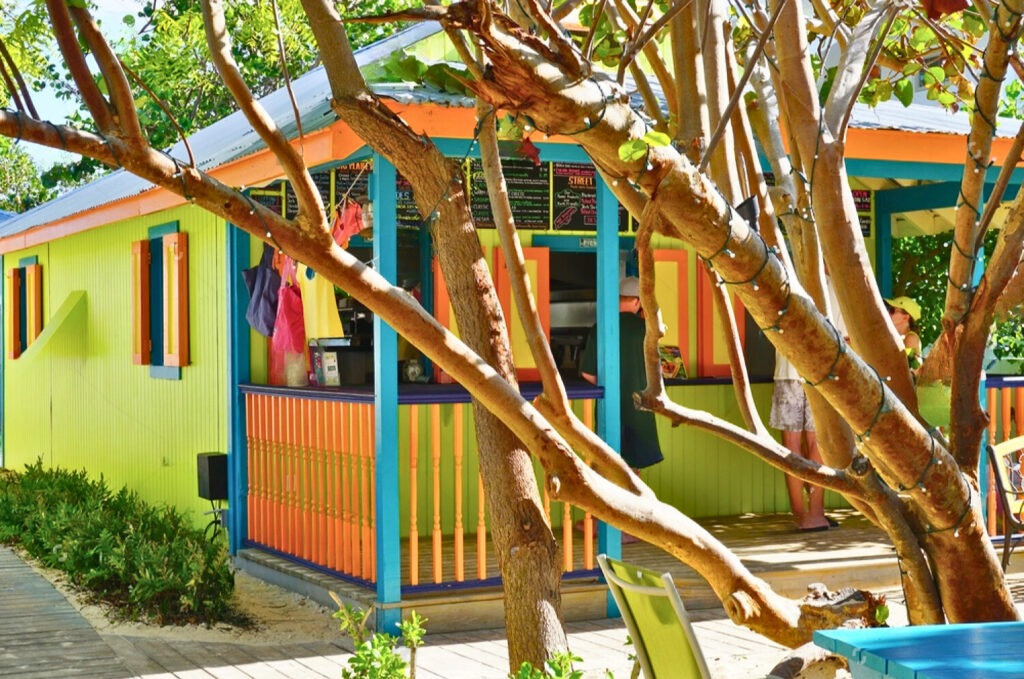
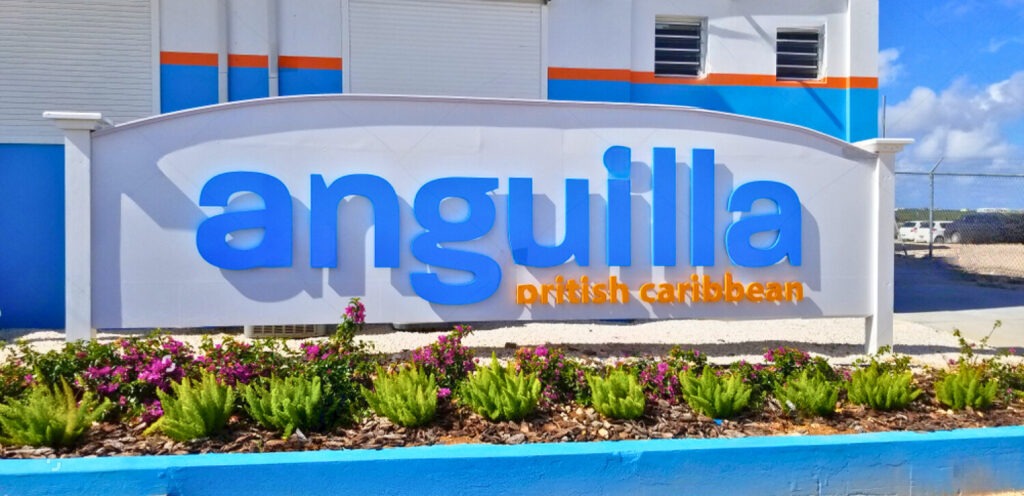
Historical Insights
From Settlement to Sovereignty
Various influences mark the island’s history:
- Early Settlements: Initially inhabited by the Arawak and Carib peoples before European colonization.
- Colonial Era: the island became a British colony in the 17th century, with its economy largely based on agriculture and salt production.
- Path to Autonomy: The island experienced a desire for self-governance, leading to a brief period of independence in the 1960s before rejoining the British Overseas Territories.
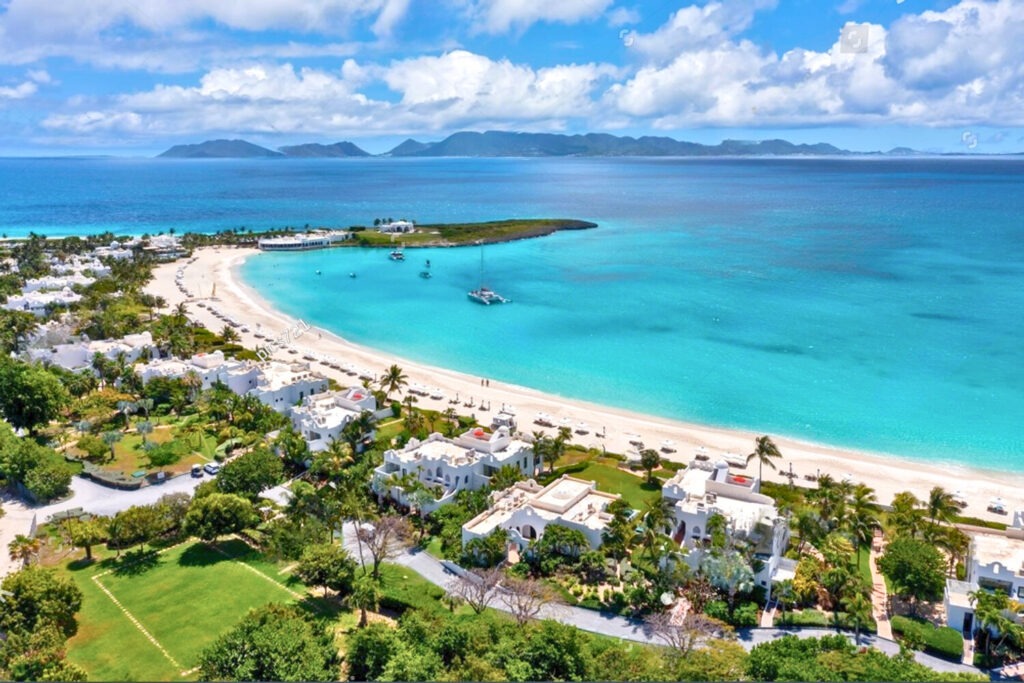
What makes Anguilla so unique
- Pristine Beaches: Renowned for its soft white sands and crystal-clear waters, the island’s beaches are among the best in the Caribbean.
- Rich Marine Life: The surrounding waters are home to diverse marine species, making it a haven for snorkeling and diving enthusiasts.
- Cultural Heritage: The island’s festivals and music reflect a rich cultural tapestry, offering insights into its unique history and traditions.
- Gastronomic Delights: Anguilla’s culinary offerings, particularly its seafood, are a significant attraction for food lovers.
Events
Rhythms of Anguilla
The island hosts several annual events that celebrate its culture, music, and culinary traditions:
- Festival Del Mar (March): Celebrating seafood and local cuisine with culinary competitions and tastings.
- Anguilla Reggae Festival (April): Showcasing local and international reggae artists in a vibrant atmosphere.
- Anguilla Summer Festival (August): A lively festival featuring parades, music, and cultural performances.
Directory
Anguilla art galleries, studios, and centers
- The Anguilla National Trust: Promotes the preservation of the island’s natural and cultural heritage.
- Art Galleries and Studios: Numerous local artists showcase their work in various galleries around the island.
Museums and Heritage
- Anguilla’s Heritage Collection Museum: Dedicated to preserving and promoting the history of Anguilla.
- The Old Salt Factory and Pump House: A historical site illustrating the island’s salt production industry.
Anguilla’s combination of stunning natural beauty, rich culture, and commitment to sustainability makes it an exceptional destination in the Caribbean, inviting visitors to relish its tranquil atmosphere, savor its culinary delights, and engage with its unique heritage.

